BMW Press | 30.08.2023
• Updated information pack and imagery for BMW Group UK’s historic fleet
• All resources for each model now available for download
• The historic fleet consists of 16 exceptional BMW and MINI vehicles, manufactured between 1972 and 2014
BMW Group UK’s historic fleet represents the best of BMW, BMW M GmbH and MINI, showcasing a breadth of models from across its brands and remarkable history. To complement the fleet, the company has proudly updated its resources to include a full information pack, fresh imagery and a specification sheet for each car.
The UK subsidiary is the custodian of some of the most prominent cars in the company’s history, from the M Division’s legendary M1, iconic models such as the Batmobile and 2002 and numerous generations of BMW roadsters. The MINI John Cooper Works GP1 and GP2 also form part of the historic fleet.
The fleet now comprises of 16 cars, including 14 BMW and 2 MINI vehicles. It is used by UK automotive media, to create content and feature stories, and by retailers for showroom displays and new product launches. The cars also feature at numerous other events and shows around the country, supporting the launch of new products and showcasing the rich history of both brands.
The new resources not only reflect the significance of the fleet but will help showcase the cars in the best possible light. All the information is now easily accessible, which will not only help the media construct their stories more easily but will also help retailers better inform their customers and facilitate even more social media content. Full information packs are available on request, while the imagery and specification sheets are available online.
An overview for each of the historic cars is provided below.
BMW 1 Series M Coupé
The 1 Series M Coupé was unveiled late in 2010 before its market launch in 2011 and its arrival heralded a new entry into the compact sporting segment for BMW M. It offered everything you’d expect from a BMW M car but in a smaller package and was lauded for its performance, agile chassis and expressive design. If ever a car deserved the ‘pocket rocket’ epithet, the BMW 1 Series M Coupé was it.

BMW 3.0 CSL “Batmobile”
The BMW 3.0 CSL is perhaps the most iconic BMW manufactured during the 1970s and its competition pedigree is second to none. Six European Touring Car Championships outright wins at the 24 Hours of Daytona, Nürburgring 24 Hours, Spa 24 Hours and Sebring 12 Hours as well as class wins at the 24 Hours of Le Mans and numerous other races.

BMW 2002 Turbo
BMW has always been at the forefront of innovation and back in the 1970s this was ably demonstrated by the launch of the BMW 2002 Turbo, Europe’s first turbocharged production car that made its debut in 1974. BMW Motorsport had experimented with a turbocharged 2002 in the European Touring Car Championship in 1969 and to demonstrate its technical prowess and the performance potential of the turbocharger the road-going 2002 Turbo was presented at the 1973 Frankfurt motor show with series production starting early in 1974.
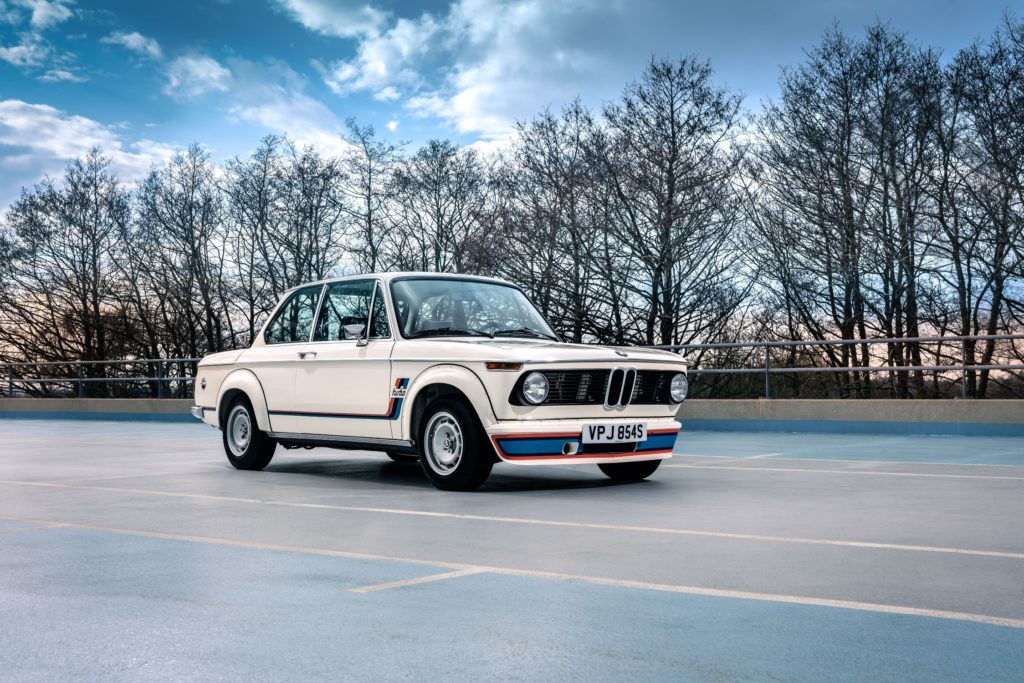
BMW E30 M3 Ravaglia Edition
The first generation of BMW M3 might have first seen the light of day over 35 years ago but it remains one of BMW’s most iconic models. Developed from the E30 generation of 3 Series the M3 model was thoroughly reengineered to make it a force to be reckoned with in motorsport and it is one of the most successful Touring Cars of all time. It claimed the inaugural World Touring Car Championship as well as two European titles, two DTM championships, two British Touring Car Championships along with countless other titles around the world. It was a star of endurance racing too, with four outright victories at both the Nürburgring and Spa Francochamps 24-hour races.

BMW E46 M3 CSL
The ultimate incarnation of the road-going M3 for the E46 generation of 3 Series was the CSL, a stripped out lightweight version of the M3 – a no holds barred machine aimed at the most discerning drivers. The use of the CSL moniker, with the L standing for Leicht or Lightweight, paid homage to the glorious 3.0 CSL Batmobile from the 1970s.

BMW E92 M3 GTS
The fourth generation of M3 was a departure from the models that had gone before it – for the first time the M3 featured a V8 engine. Built as a Saloon, Coupé and Convertible (known as the E90, E92 and E93 respectively) it was a hugely successful model. With 420hp from its high-revving V8 it was quite the performer and with a chassis that had been honed by BMW M’s engineers its handling was sublime.

BMW E34 M5
When the original BMW M5 was launched in 1984 it defined a new segment in the motoring landscape, the arrival of the super saloon. With nigh-on super car performance wrapped up in a practical, executive saloon it was the blueprint for a dynasty that’s still delighting fans to this day.
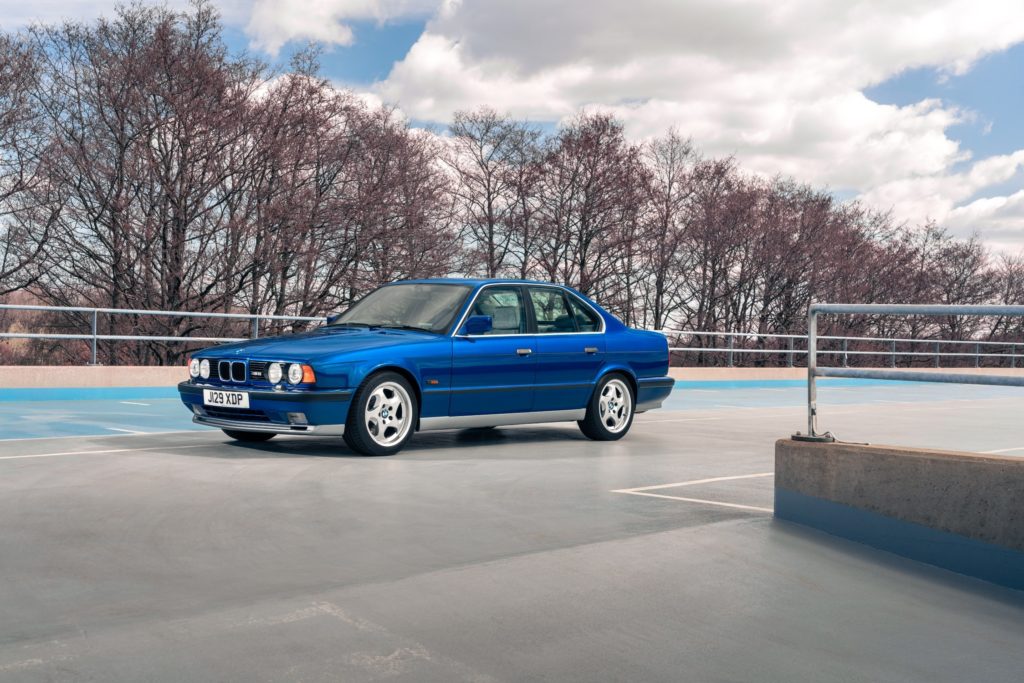
BMW E39 M5
The third generation of M5, known as the E39, was introduced in 1998 and it was quite a departure from its two M5 predecessors, both of which used a version of the venerable 24-valve six-cylinder engine that first saw the light of day in the racing CSLs of the 1970s. It was all change for the E39 though as it heralded the arrival of a V8 in an M5 for the first time.

BMW E60 M5
The fourth generation of BMW M5, known as the E60, was the most advanced car BMW had ever made when it was launched back in 2004. Based on the successful E60 5 Series executive saloon the BMW M5 used cutting edge Formula 1 know-how to create the most technologically advanced super saloon ever seen. The E60 M5 was launched during the era of the V10 Formula 1 engine and BMW M’s engineers drew on the experience they had gained from their F1 program to develop a stunning 5.0-litre V10 engine for the M5 road car.
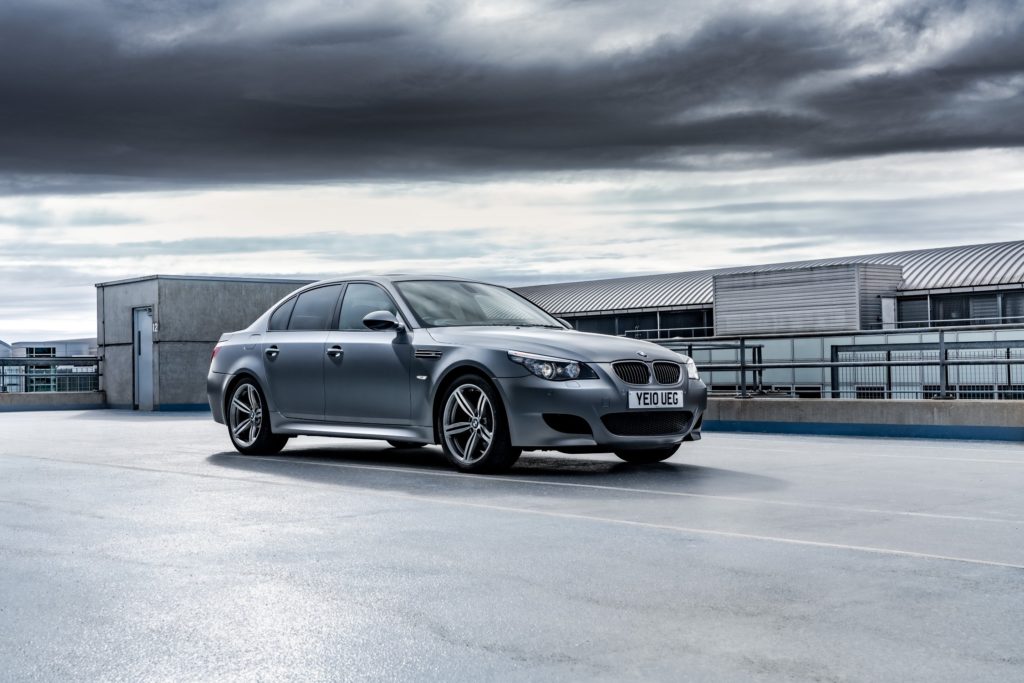
BMW F10 M5 30 Jahre Edition
The fifth generation of M5 launched in the latter part of 2011 and was quite a departure from the cars that had gone before it and for the first time in its history the M5 super saloon featured a turbocharged engine. This generation of M5, known as the F10, offered considerable gains over the V10-engined E60 model that went before it; ten per cent more power, 30 per cent more torque and a 30 per cent improvement in fuel economy.

BMW M1
The BMW M1 was the very first BMW M car and is the only mid-engined car to have been developed by BMW Motorsport, or BMW M GmbH as the company is now known. The M1 was conceived to take on the world’s sports car manufacturers in Group 4 and Group 5 racing but also to demonstrate BMW Motorsport’s prowess on the road.
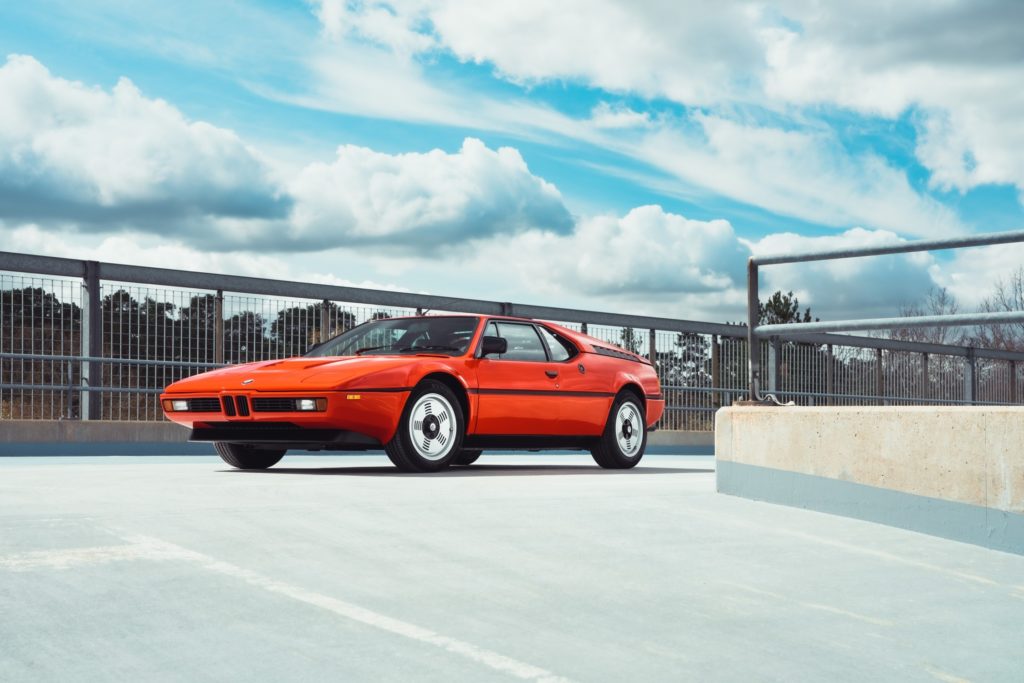
BMW M635CSi
The first BMW 6 Series first saw the light of day in 1976 when it replaced the iconic E9 3.0 CSL coupé at the head of the BMW range. The 6 Series would go on to have a 13-year production run, the longest ever for a BMW, and in 1983 the ultimate version of the 6 Series was revealed at the Frankfurt motor show, the M635CSi. While the 6 Series always offered scintillating performance the M635CSi took it to a new level.
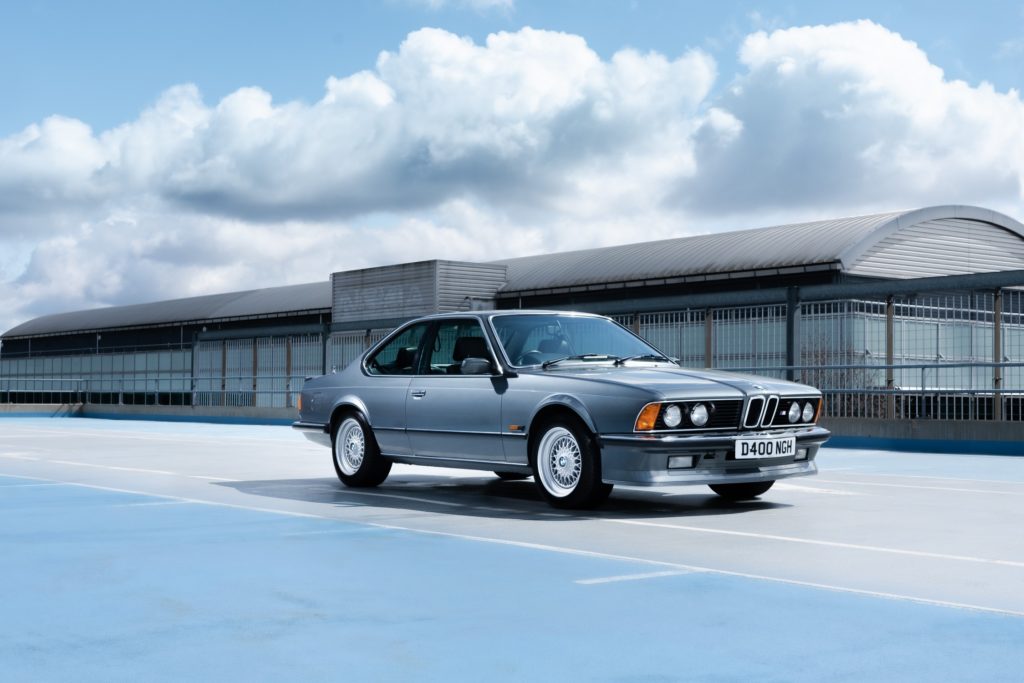
BMW Z1
The BMW Z1 started life as a concept car but such was the excitement around this daring new design that it was put into limited production towards the end of the 1980s. It was the first product to emerge from BMW’s new Technik GmbH department that had been set up to examine new ways of looking at things with a team of talented engineers studying new materials, production processes and concepts who were all positively encouraged to think outside the box. BMW hadn’t built a dedicated roadster since the 507 of the 1950s so it was perhaps apt that the first product from BMW Technik GmbH was a sporting roadster.
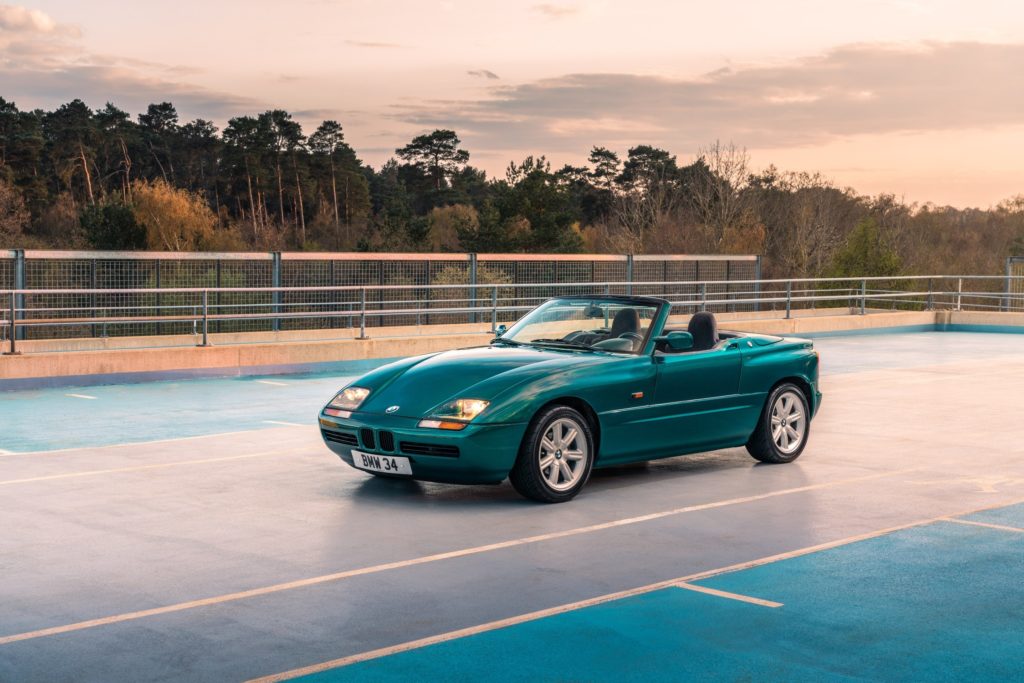
BMW Z8
The reveal of a new BMW always brings with it a frisson of excitement but at the 1997 Tokyo motor show rumours of a new BMW concept was the main topic of conversation with no one outside of BMW knowing what was about to be revealed. The Concept Z07 that made its debut in Tokyo was most unexpected, a retro-styled roadster and coupé that paid homage to the classic BMW 507 Roadster from the 1950s. Two years later at the 1999 Tokyo show the production model, now known as the Z8, was revealed for the first time and it had stayed very true to the concept’s design.
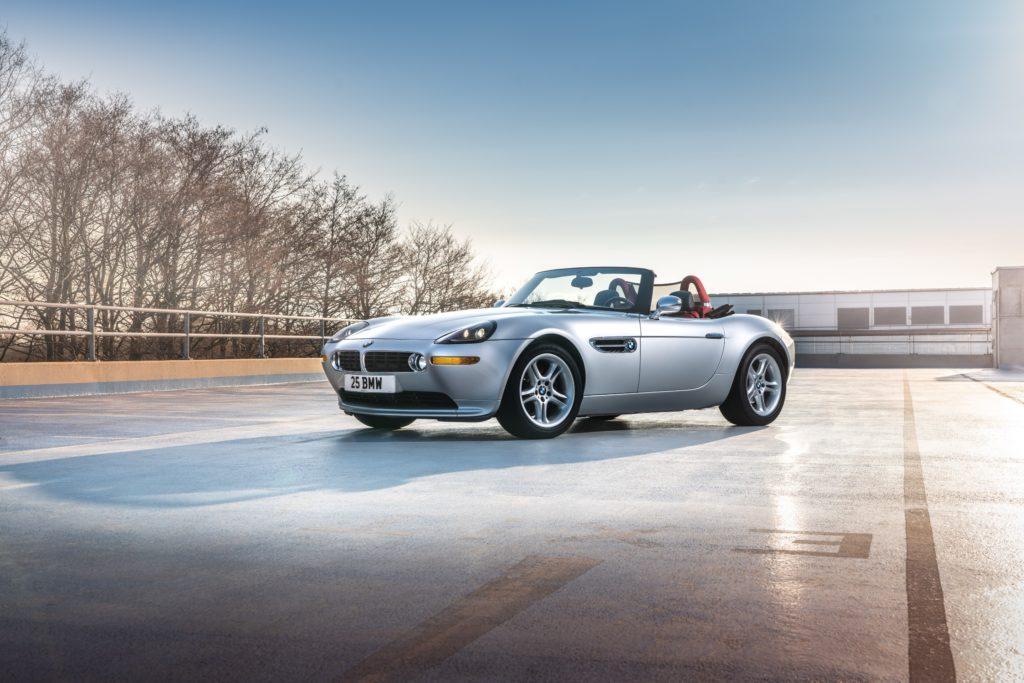
MINI John Cooper Works GP1
Ever since the Sir Alec Issigonis-designed Mini arrived at the end of the 1950s there’s been one name that’s synonymous with the performance versions of the iconic machine – John Cooper. The Cooper and Cooper S models were hugely successful race and rally cars and when the MINI was reborn in 2001 the Cooper S was once again the top model in the range. It could be further enhanced by a range of John Cooper Works tuning kits and there was even a race series, the MINI Challenge.
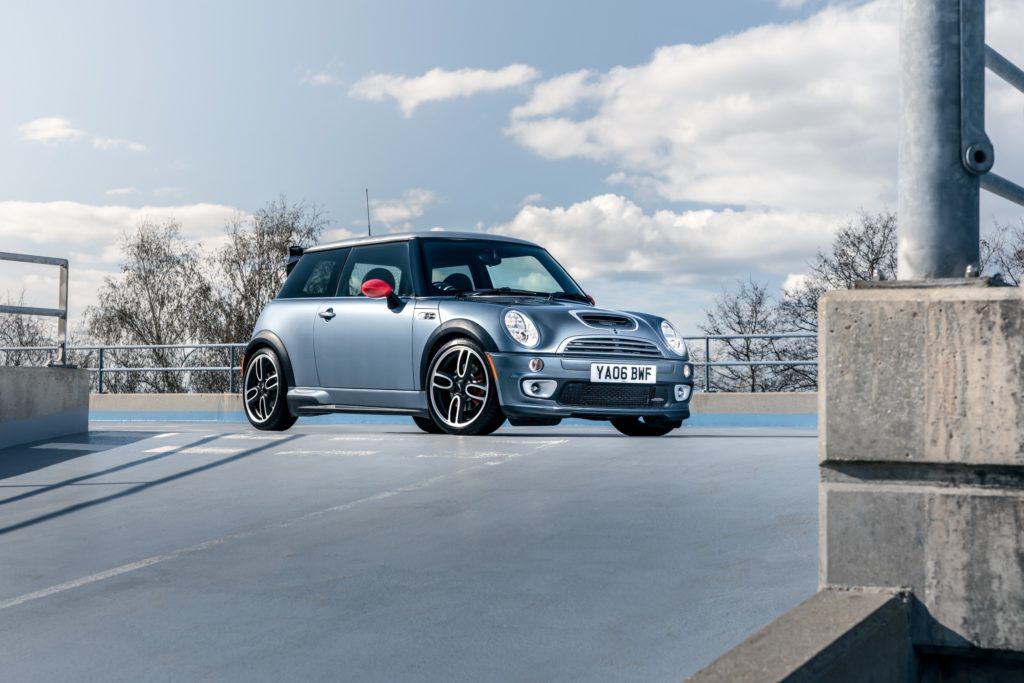
MINI John Cooper Works GP2
The first generation of the MINI Cooper S John Cooper Works GP was an instant hit when it was launched in 2006 and quickly attained iconic status, continuing a long tradition of Cooper enhanced Minis that stretches all the way back to the early 1960s. Given the success of the original MINI JCW GP its successor, this time based on the R56 generation of MINI hatch, was launched in late 2012 and was once again the fastest and most driver-orientated MINI ever produced.
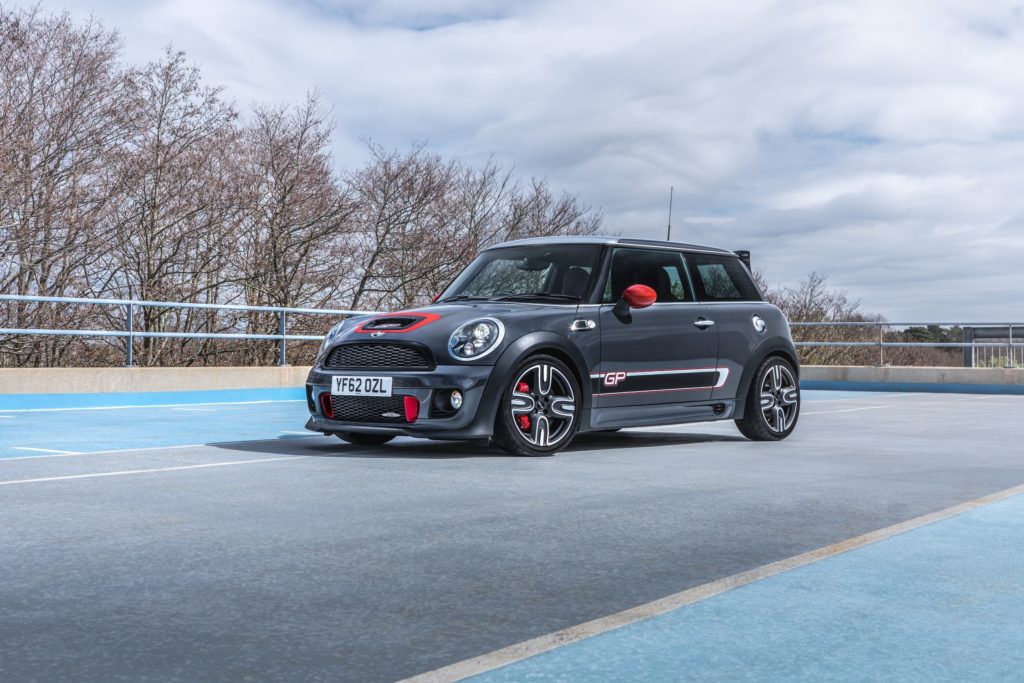

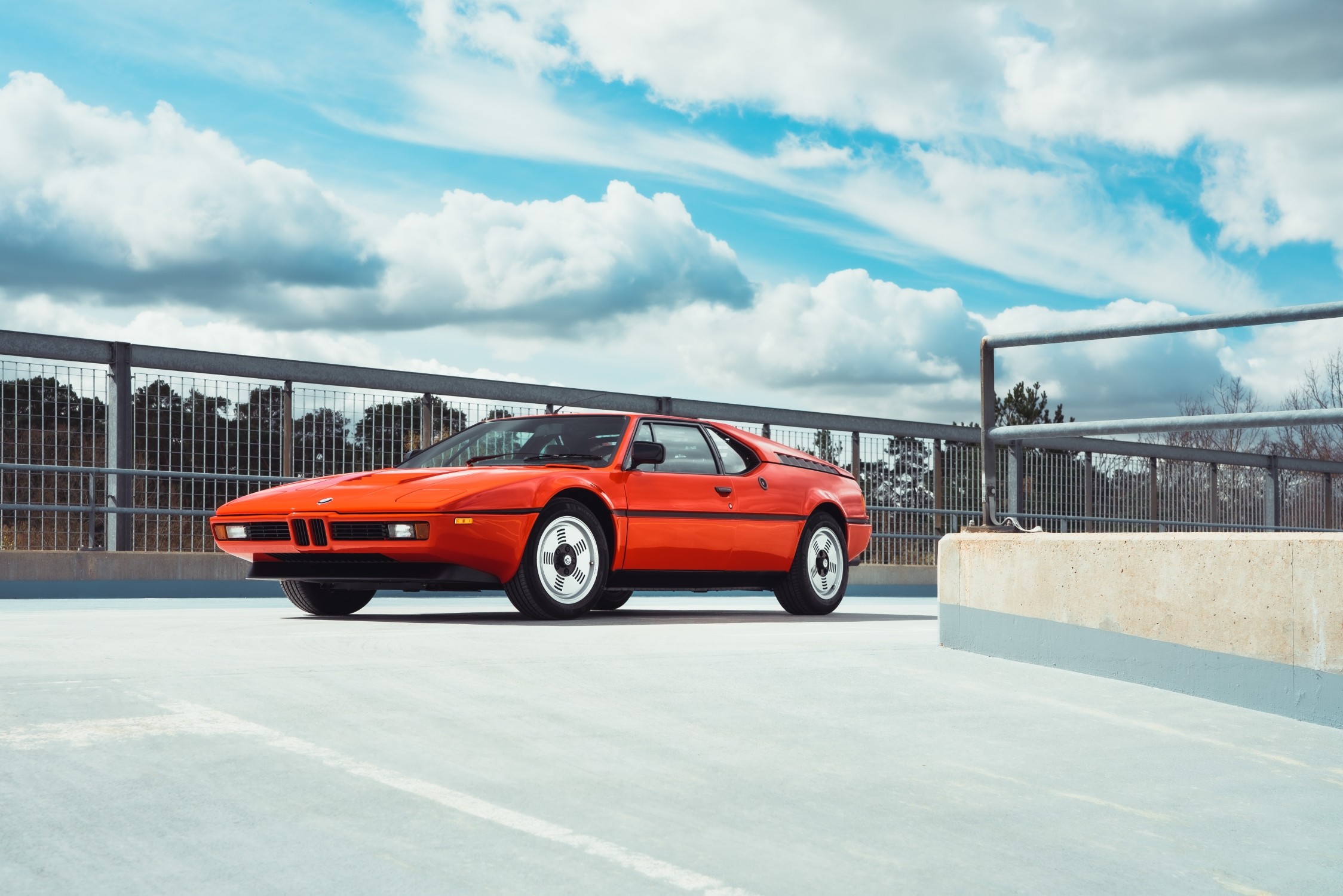
You must be logged in to post a comment.